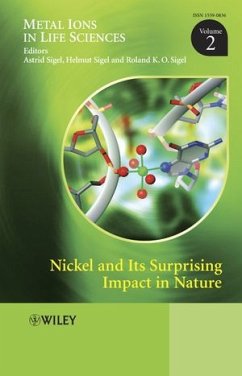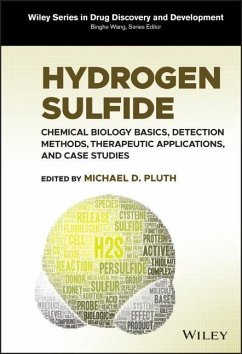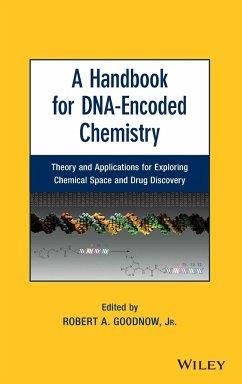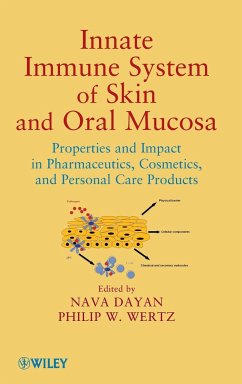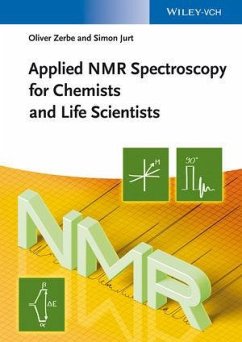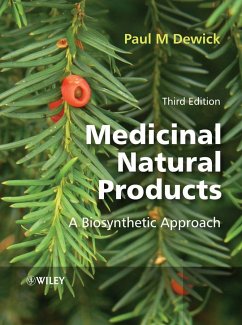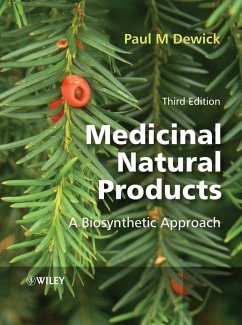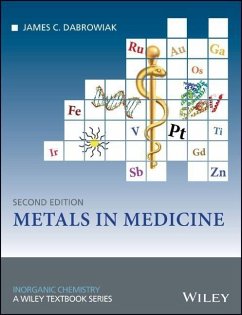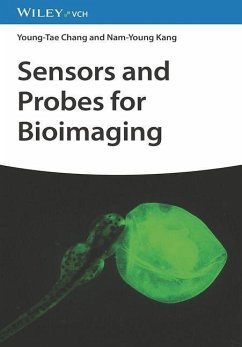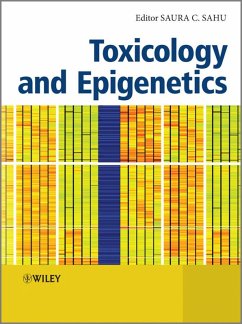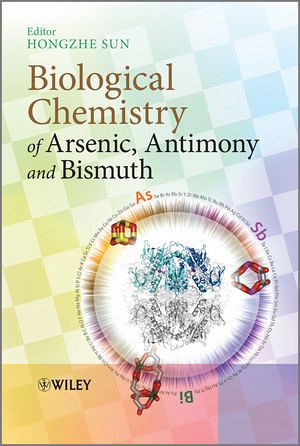
Biological Chemistry of Arsenic, Antimony and Bismuth
Versandkostenfrei!
Versandfertig in über 4 Wochen
165,99 €
inkl. MwSt.
Weitere Ausgaben:

PAYBACK Punkte
83 °P sammeln!
Arsenic, antimony and bismuth, three related elements of group 15, are all found in trace quantities in nature and have interesting biological properties and uses. While arsenic is most well known as a poison - and indeed the contamination of groundwater by arsenic is becoming a major health problem in Asia - it also has uses for the treatment of blood cancer and has long been used in traditional chinese medicine. Antimony and bismuth compounds are used in the clinic for the treatment of parasitic and bacterial infections. Biological Chemistry of Arsenic, Antimony and Bismuth is an essential o...
Arsenic, antimony and bismuth, three related elements of group 15, are all found in trace quantities in nature and have interesting biological properties and uses. While arsenic is most well known as a poison - and indeed the contamination of groundwater by arsenic is becoming a major health problem in Asia - it also has uses for the treatment of blood cancer and has long been used in traditional chinese medicine. Antimony and bismuth compounds are used in the clinic for the treatment of parasitic and bacterial infections. Biological Chemistry of Arsenic, Antimony and Bismuth is an essential overview of the biological chemistry of these three elements, with contributions from an international panel of experts. Topics covered include: * chemistry of As, Sb and Bi * biological chemistry of arsenic * biological chemistry of Sb and Bi * arsenic and antimony speciation in environmental and biological samples * arsenic in traditional chinese medicine * arsenic in aquifers * biomethylation of As, Sb and Bi * uptake of metalloids by cells * bismuth complexes of porphyrins and their potential in medical applications * Helicobacter pylori and bismuth * metabolism of arsenic trioxide in blood of the acute promyelocytic leukemia patients * anticancer properties of As, Sb and Bi * radio-Bi in cancer therapy * genotoxicity of As, Sb and Bi * metallomics as a new technique for As, Sb and Bi * metalloproteomics for As, Sb and Bi Biological Chemistry of Arsenic, Antimony and Bismuth conveys the essential aspects of the bioinorganic chemistry of these three elements, making this book a valuable complement to more general bioinorganic chemistry texts and more specialized topical reviews. It will find a place on the bookshelves of practitioners, researchers and students working in bioinorganic chemistry and medicinal chemistry.




